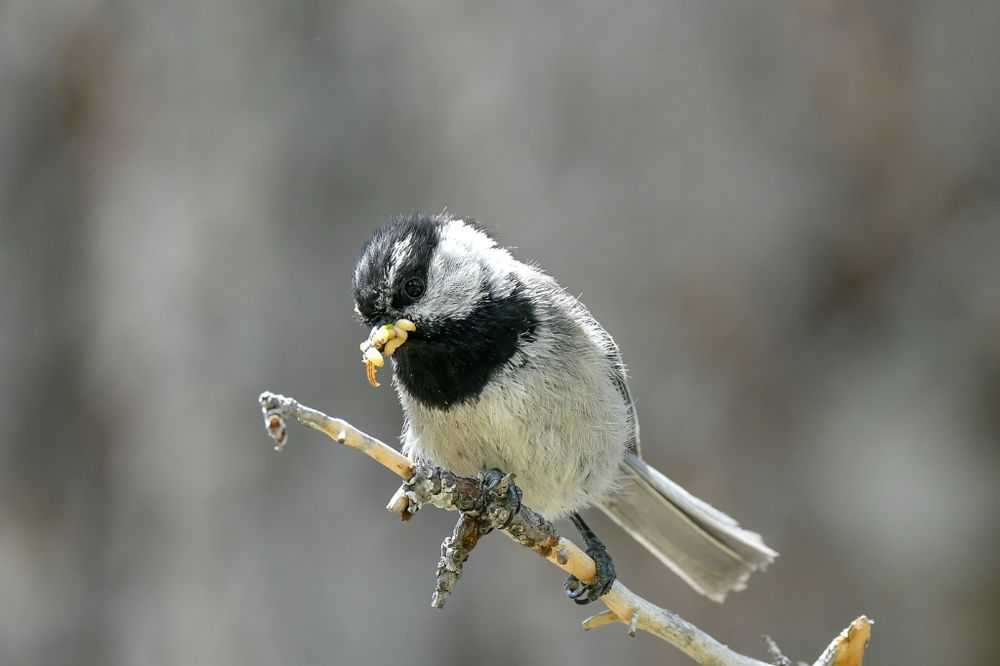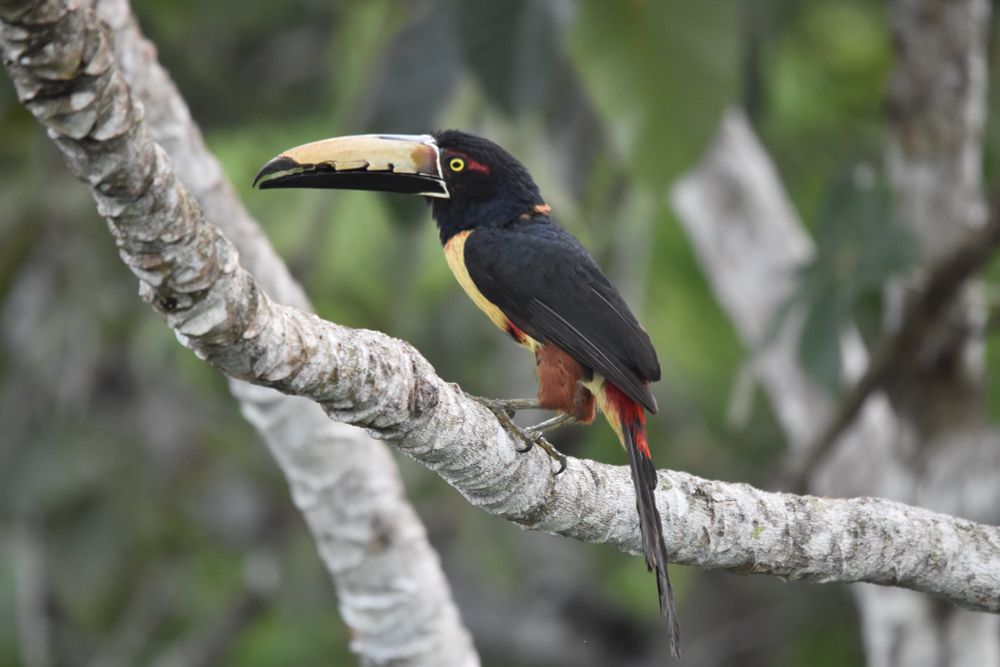
she/her/hers
laurenwhitenack.com
Photos my own unless otherwise noted.
Local activism to make birding accessible and welcoming to all people 💜
I am an ecology PhD student studying mountain chickadee breeding ecology 🐦
My current research is focused on how insect food availability affects bird reproductive success 🪲
In my free time, I love hiking and birding in the mountains 🏔️
If interested and qualified, please contact me directly (email on the website).

If interested and qualified, please contact me directly (email on the website).

americanornithology.org/hatch-early-...

americanornithology.org/hatch-early-...









communities.springernature.com/posts/mounta...

communities.springernature.com/posts/mounta...

Over the past 3 years, the momentum has been undeniable. The world now understands, plastic is a full lifecycle problem that demands systemic solutions, & that its health impacts are profound.
Over the past 3 years, the momentum has been undeniable. The world now understands, plastic is a full lifecycle problem that demands systemic solutions, & that its health impacts are profound.


link.springer.com/article/10.1...

link.springer.com/article/10.1...




Data from NOAAGlobalTemp v6.0.0: www.ncei.noaa.gov/products/lan...
Data from NOAAGlobalTemp v6.0.0: www.ncei.noaa.gov/products/lan...

#addBirder #birds

#addBirder #birds
I am an ecology PhD student studying mountain chickadee breeding ecology 🐦
My current research is focused on how insect food availability affects bird reproductive success 🪲
In my free time, I love hiking and birding in the mountains 🏔️
I am an ecology PhD student studying mountain chickadee breeding ecology 🐦
My current research is focused on how insect food availability affects bird reproductive success 🪲
In my free time, I love hiking and birding in the mountains 🏔️
showing short-distance postnatal dispersal and that fledgling mass and fledging time are associated with recruitment success in mountain chickadees.
academic.oup.com/auk/advance-...

showing short-distance postnatal dispersal and that fledgling mass and fledging time are associated with recruitment success in mountain chickadees.
academic.oup.com/auk/advance-...


